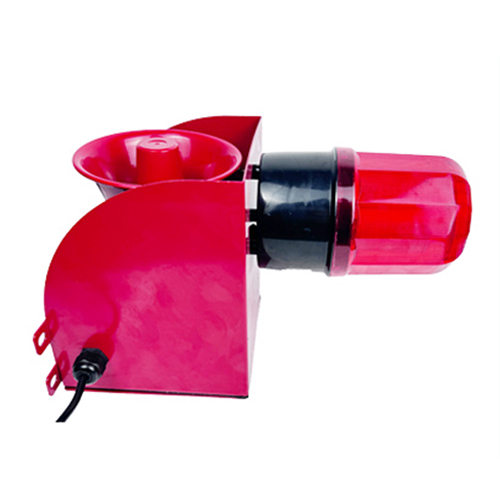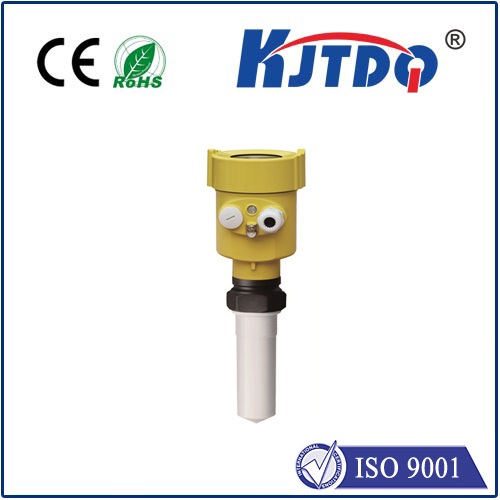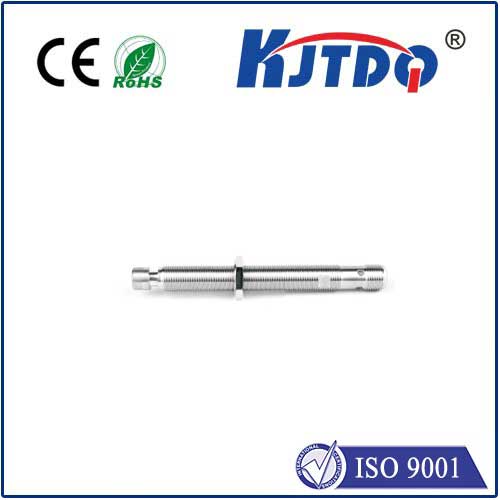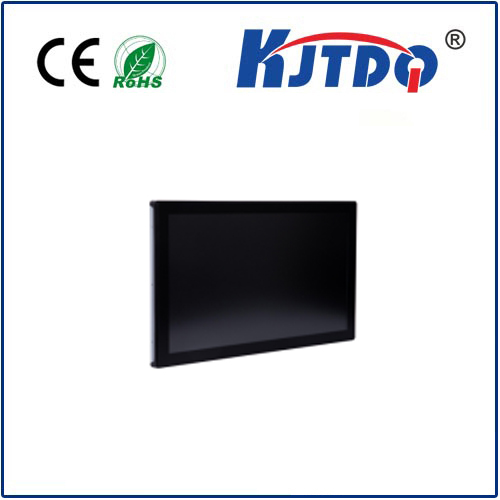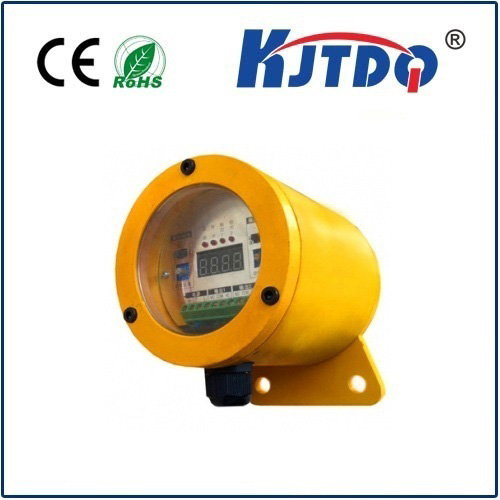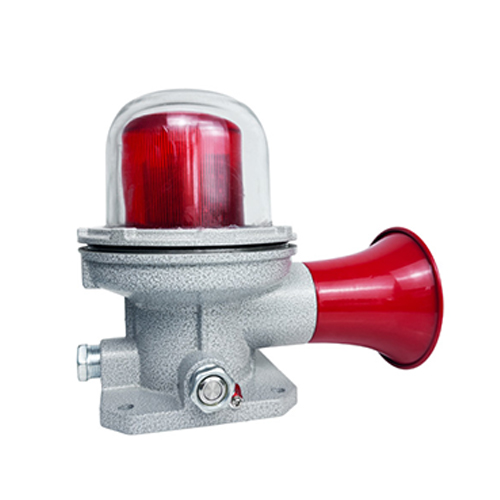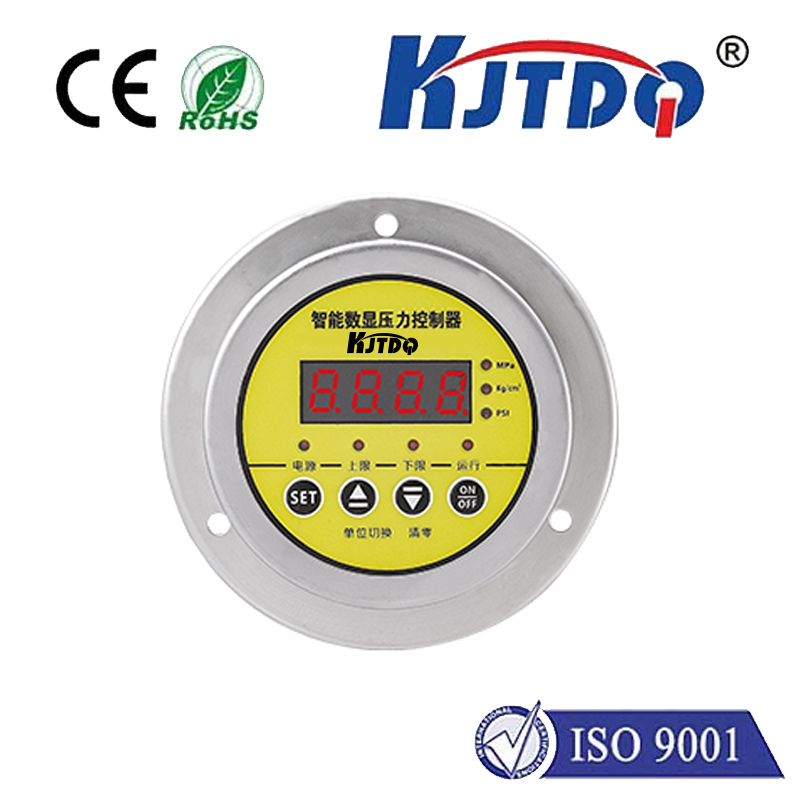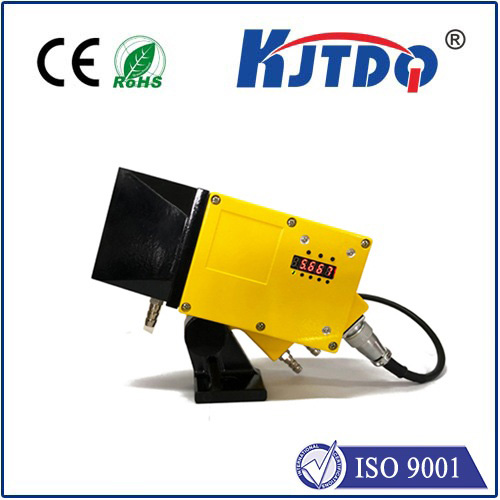подводный ограничитель
- time:2025-08-07 01:51:05
- Нажмите:0
Mastering the Depths: How Underwater Limit Switches Ensure Reliability in Harsh Environments
Imagine a remotely operated vehicle (ROV) delicately repairing underwater infrastructure, a dam’s floodgate precisely positioning itself based on water levels, or an automated aquaculture feeder releasing food at the exact programmed depth. What critical component ensures these operations don’t go too far, activating or deactivating machinery precisely where it should? The unsung hero is often the подводный ограничитель. These specialized sensors are the guardians of position and movement in the submerged world, operating silently yet indispensably beneath the waves. Understanding their function, design, and applications is crucial for anyone involved in subaquatic automation, marine engineering, or industrial processes exposed to water.
What Exactly is an Underwater Limit Switch?
At its core, an underwater limit switch functions similarly to its land-based counterparts. It’s an electro-mechanical device designed to detect the presence or absence of an object (often called an actuator or target) or to monitor the limits of movement. When the actuator makes contact with the switch’s lever, roller, or plunger, it triggers an internal mechanism to change the state of its electrical contacts – typically opening or closing a circuit. This signal is then sent to a control system (like a PLC – Programmable Logic Controller), telling it to stop a motor, reverse direction, activate an alarm, or sequence to the next operation.
The defining characteristic lies in its ability to perform this function reliably while submerged. This means enduring constant hydrostatic pressure, potential exposure to corrosive saltwater or chemicals, biological fouling, and sometimes extreme temperatures. Standard switches simply cannot withstand these conditions.

Where Do Underwater Limit Switches Make a Splash? Key Applications
The environments demanding these robust sensors are diverse and critical:
- Marine & Offshore: Overseeing the deployment, retraction, and positioning of ship systems like cranes, davits, and anchor chains. Monitoring hatch positions, ballast tank levels, and subsea equipment on oil rigs or floating platforms.
- Water & Wastewater Treatment: Controlling the travel limits of weirs, sluice gates, penstocks, and screens within treatment plants, reservoirs, dams, pumping stations, and hydroelectric facilities. Ensuring these massive structures operate within safe parameters is paramount.
- Aquaculture & Fisheries: Automating feeding systems, net handling mechanisms, and cage positioning. Limiting the movement of lifting devices in hatcheries or processing plants.
- Underwater Robotics (ROVs/AUVs): Safeguarding the articulation limits of robotic arms and manipulators, monitoring tool deployment depths, and controlling docking sequences. Precise position feedback is essential for delicate subsea tasks.
- Industrial Automation (Water-Exposed): Controlling processes in submerged stages of manufacturing (e.g., plating tanks, cooling systems), flood defense mechanisms, and automated cleaning systems operating in wet environments.
- Oceanographic Research: Deploying and retrieving sensitive instruments from buoys or submerged platforms, controlling sampling equipment depth.
Designed for the Deep: Crucial Features & Construction
Surviving and functioning reliably underwater necessitates specialized design features:
- Robust & Corrosion-Resistant Enclosures: Housings are typically crafted from high-grade marine-grade stainless steel (316L/316Ti) or engineered thermoplastics like PVDF or PEEK. These materials offer exceptional resistance to saltwater corrosion, chemicals, and physical impact.
- Superior Sealing: Achieving hermetically sealed enclosures is non-negotiable. Multiple redundant seals (O-rings, lip seals, epoxy potting) and specialized cable gland entries prevent water ingress, even under significant pressure. This directly relates to Ingress Protection (IP) ratings like IP68 (continuous submersion) or IP69K (high-pressure/high-temperature washdowns). Choosing the correct IP rating for the operational depth and pressure is critical.
- Corrosion-Resistant Actuation: The external actuator mechanism (lever, roller, plunger) must also withstand the environment. Components are often made from stainless steel, bronze, or specialized plastics. Self-cleaning roller designs can help mitigate fouling by marine organisms or debris.
- Pressure Compensation (Optional): For applications exceeding shallow depths (typically beyond 10-20 meters depending on design), some switches incorporate pressure compensation systems. These allow internal and external pressures to equalize, preventing housing distortion and seal failure under extreme hydrostatic loads.
- Electrical Integrity: Internal contacts are designed to handle specific currents and voltages reliably. Gold-plated contacts are common for low-power signal applications to ensure reliability despite moisture potential. Robust, double-sheathed marine-grade cable with appropriate water-blocking features is standard.
- Mechanical Durability: Switches must withstand shock, vibration, and repeated mechanical actuation cycles over long periods, often in challenging access conditions. High mechanical life ratings (hundreds of thousands or millions of cycles) are desirable.
Choosing the Right Switch: Factors to Consider
Selecting the optimal underwater limit switch requires careful evaluation:
- Operating Depth & Pressure: Determine the maximum submersion depth and corresponding static pressure.
- Environment: Saltwater, freshwater, chemicals, temperature range, and fouling potential.
- Required Actuation: Type (lever, roller, plunger), force needed, and repeatability.
- Electrical Specifications: Voltage, current (AC/DC), contact configuration (SPDT, DPDT, etc.), and signal type.
- Mounting & Installation: How and where the switch will be physically mounted and accessed.
- Certifications: Are specific industry standards (e.g., marine classification societies like DNV/GL, ABS; ATEX/IECEx for hazardous areas) required?
- Reliability Requirements: Expected lifespan and criticality of the application.
Installation Best Practices: Ensuring Long-Term Performance
Even the best-designed switch will underperform if improperly installed. Key considerations include:
- Secure Mounting: Ensure the switch body and actuator are rigidly fixed to prevent misalignment or unintended movement.
- Actuator Positioning: The target must engage the actuator reliably and squarely within its designed travel range. Avoid over-travel that can mechanically damage the switch.
- Cable Management: Support the cable properly leaving the gland to prevent strain. Avoid sharp bends exceeding the cable’s minimum bend radius. Protect cables from abrasion or snagging.
- Seal Integrity: Clean mating surfaces thoroughly before assembly. Lubricate O-rings with appropriate silicone grease. Tighten gland nuts and fasteners to manufacturer specifications, avoiding over-tightening which can damage seals.
- Pre-Installdive Testing: Conduct electrical function tests before deployment whenever possible.
The Benefits: Why Precision Underwater Matters
Investing in high-quality, correctly specified underwater limit switches delivers significant advantages:
- Повышение безопасности: Preventing equipment over-travel protects personnel and valuable assets from catastrophic mechanical failure.
- Increased Reliability & Uptime: Robust construction minimizes failures due to environmental stress, keeping systems operational and reducing costly downtime.
- Precision Control: Enables accurate positioning and sequencing of submerged machinery, crucial for complex tasks.
- Reduced Maintenance Costs: Durable, corrosion-resistant designs extend service intervals and component lifespan.
- Operational Efficiency: Automated, reliable limit detection optimizes processes without constant human monitoring.
Navigating Installation Challenges
Deploying sensors underwater naturally presents hurdles. Access is

